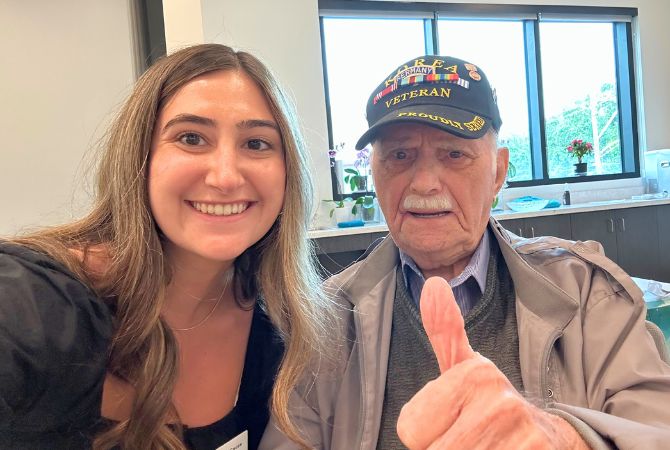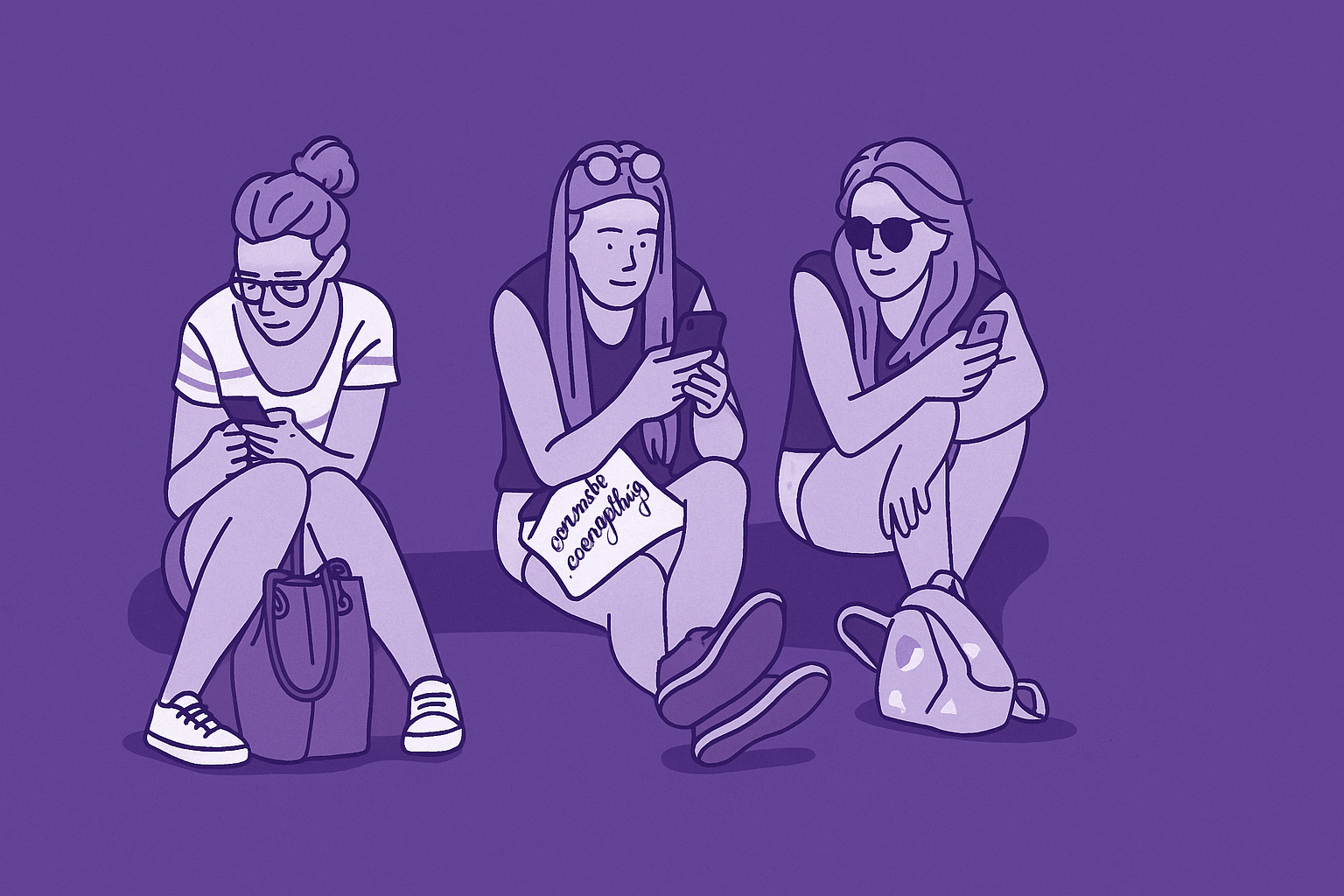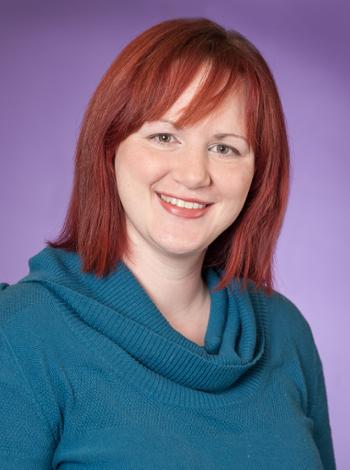
Stephanie Wallace doesn’t just talk with her hands—she teaches with them, researches them and won first place in TCU’s 2025 Three Minute Thesis (3MT®) competition for her work on the power of gestures in learning.
Wallace, a science education doctoral candidate and instructor of anatomy and physiology in the TCU College of Science & Engineering, captured the top honor in the university-wide competition with a compelling presentation that asked the audience to rethink a common behavior: gesturing.
“Who here has ever struggled in a science class?” Wallace asked. “You’re not alone.”
Her research addresses a critical issue in science education—particularly for future nurses. Nearly half of all students who take introductory anatomy and physiology courses either drop, fail or withdraw. These courses are often the first major hurdle for students pursuing careers in health care.
Her proposed solution? The human hand.
Wallace studies how gestures support the development of cognitive models—how using our hands can make abstract ideas more concrete. “Our brain influences how we use our hands, and our hands can shape what we think,” she said.
Her research includes observations where students use gestures to visualize and recall scientific concepts. In one example, a student mimed the movement of muscle fibers to explain the interaction between actin and myosin. In another, a student instinctively formed a shape with her hands that helped her remember the protein myosin by name.
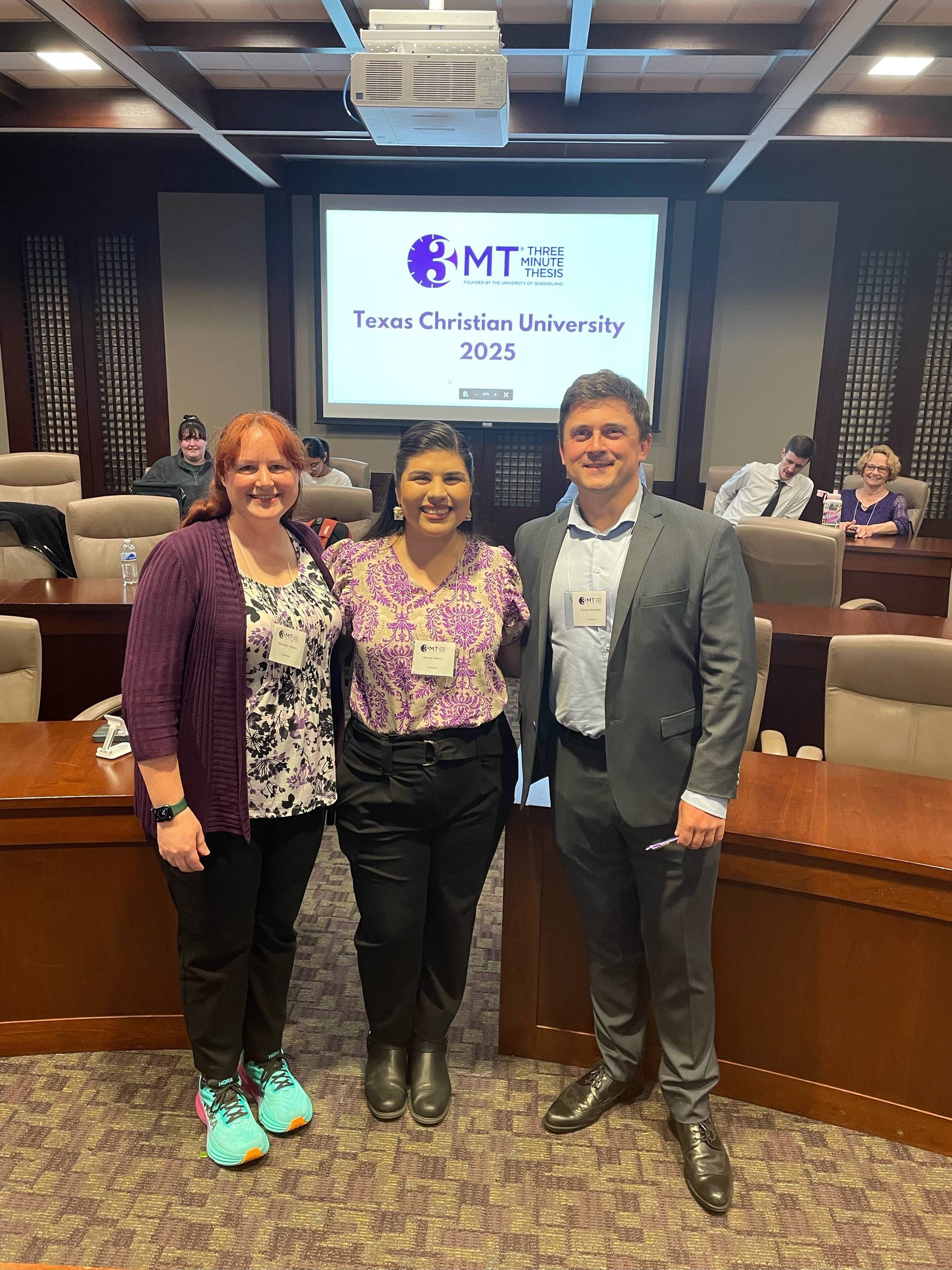
The insight is simple yet powerful: gestures aren’t just filler—they’re tools for learning, especially in content-heavy science courses.
“When instructors use purposeful, planned gestures, they’re not just talking—they’re teaching in stereo,” Wallace said. “It creates multiple entry points for students to connect with complex material.”
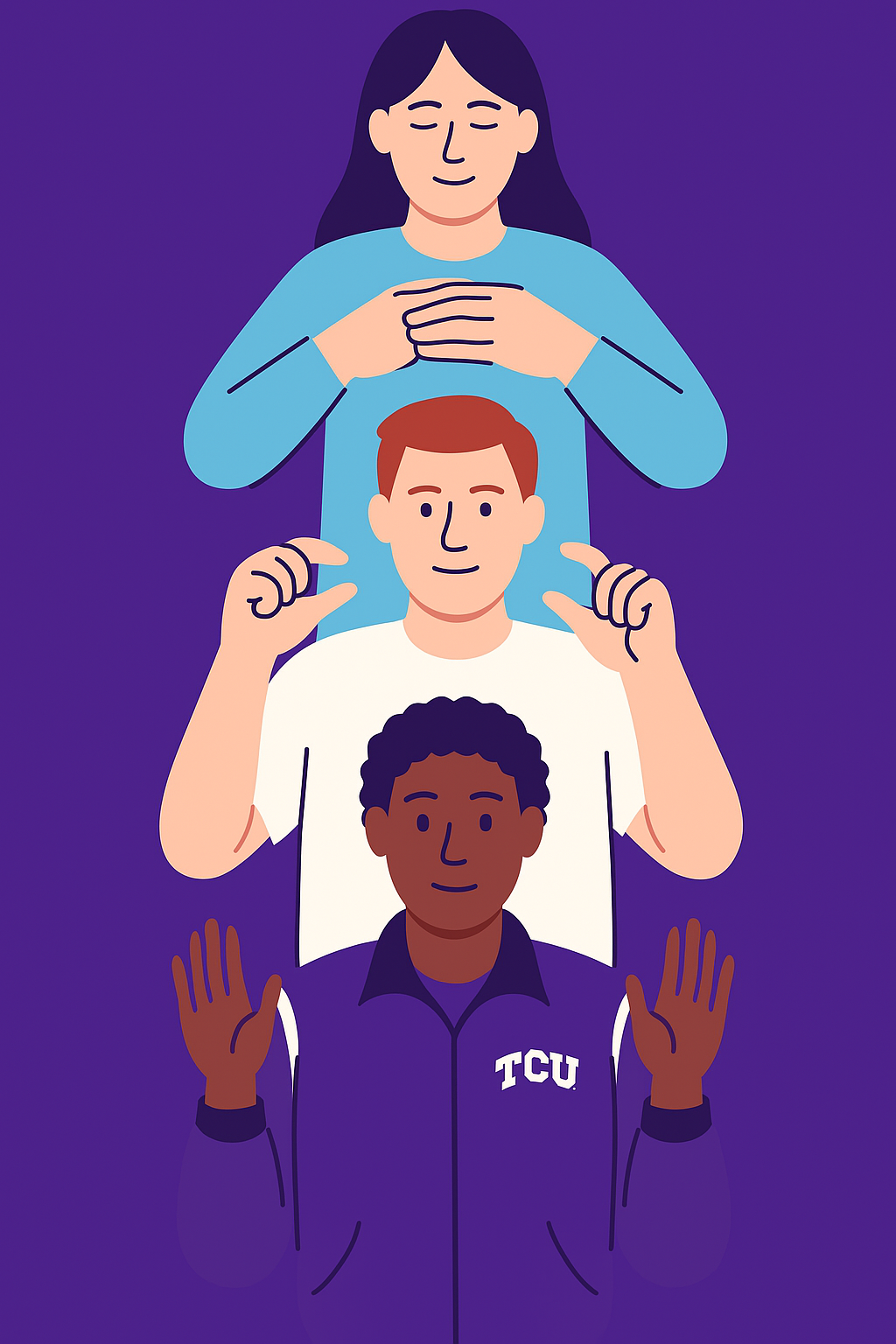
The Three Minute Thesis (3MT®) Competition, developed by the University of Queensland, challenges graduate students to explain their research to a general audience in three minutes using only one static slide and no props.
Wallace’s win arrives at a milestone moment—she also recently defended her dissertation. But her research journey is far from over. She plans to explore questions such as whether students benefit more from inventing their own gestures or mimicking those modeled by instructors, and whether these techniques are effective across disciplines.
“There’s still so much to investigate,” she said. “I’d love to keep digging into what makes these strategies stick.”
Her motivation traces back to a graduate course in the history and philosophy of science, where she encountered Michael Polanyi’s theory of tacit knowledge—what we know but can’t always explain.
“That idea resonated with me,” Wallace said. “As educators, we often take for granted what we know. I want to help make that knowledge visible—literally.”
And if her research were a movie? Wallace already has the title in mind: What’s the Point? A playful nudge to make science more accessible—one gesture at a time.
In and out of the classroom, Wallace reminds us that more effective teaching can begin by simply using our hands.
